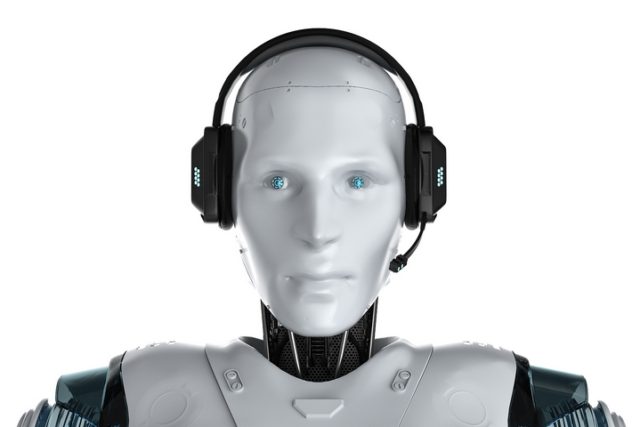To stay ahead, retailers are constantly adopting new strategies. Right now, top retailers are incorporating AI technology into their workflows because of the many benefits it presents. It is being used through AI shopping systems and retail robots. It’s also essential in warehouse automation and retail analytics. Through quality training data, machine learning and data analysis, AI is allowing retailers to field customer enquiries, improve inventory management, and offer better recommendations.
Check out these eight ideas on how to use AI in retail:
1. Automated Checkouts

Today, automated checkouts are no longer just a concept. They are a reality made possible with the introduction of AI in retail. They enhance a customer’s shopping experience by eliminating the constraints of traditional checkouts. Customers do not have to stand in line. They enter the store, grab what they need and leave without having to interact with staff.
Automated checkouts use computer vision technology for scanning and recognizing items at the checkout area or in the store. An inventory database confirms the price of items, and the payment is automated through an app or incorporated into the checkout process. An automated checkout system needs access to the database of annotated store inventory for scanning purposes.
2. Search Recommender Systems
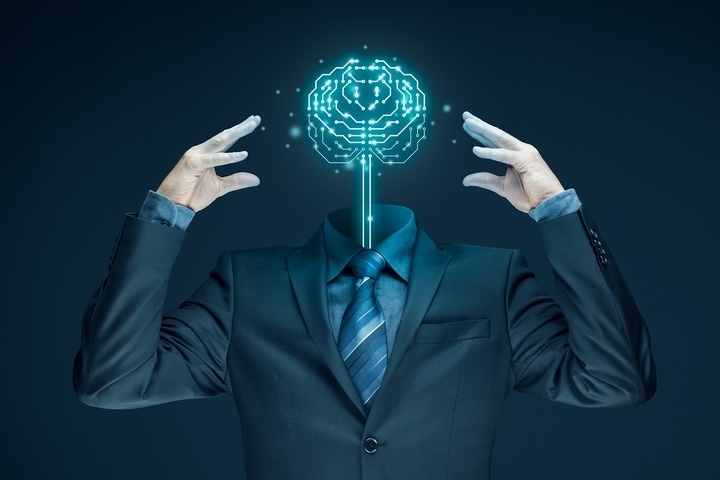
The use of AI in retail has resulted in an exponential increase in the range of available services and products. Customers are now overloaded with information. To make it easier for customers to find what they want, search recommender systems play the role of a guide. Spotify, Netflix and YouTube use recommender systems, and the technology can be beneficial in retail too.
Recommendations can take different forms, including on-site recommendations, recommendations based on previous purchases, showing what other shoppers have bought, recommending related items, and letting users know if a new version of a product is available.
Recommender systems categorize customers into different types to form a database. It compares users by defined features to determine how it will rank products among different groups of users. They are ranked based on price and popularity, among other metrics. Before adopting an automated recommender system, consider the quality of data collection and ensure quality data annotation, and validate the search engine for accuracy.
3. Retail Robotics
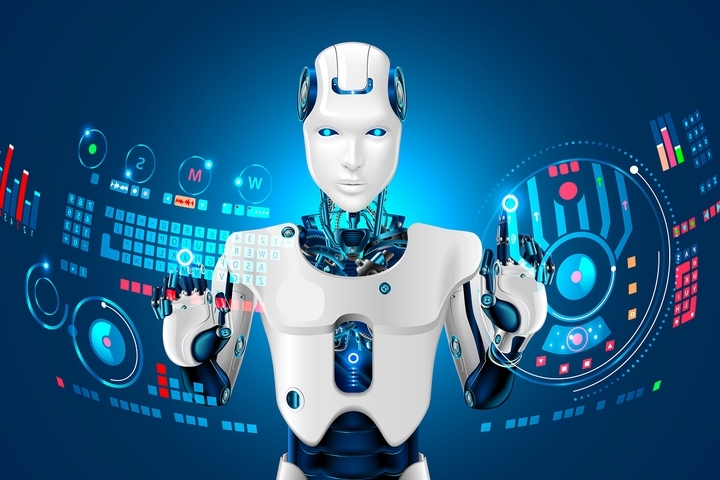
Lately, there has been an increase in the use of retail robotics. Today, the most interesting use is as store assistants. An example of its implementation is the robot assistant Pepper, which can be found in Japan’s Softbank stores. Pepper answers basic queries from customers while engaging in fun conversations.
Like virtual assistants, retail robots use ASR technology to comprehend customer queries. They feature a speech recognition system that digitizes live speech into a machine-readable form to analyze it for meaning and respond based on pre-programmed algorithms. One requires a large amount of audio training data to answer customer questions. A retail robot is programmed to answer questions in multiple languages and guide customers to the items they are looking for.
4. Visual Search
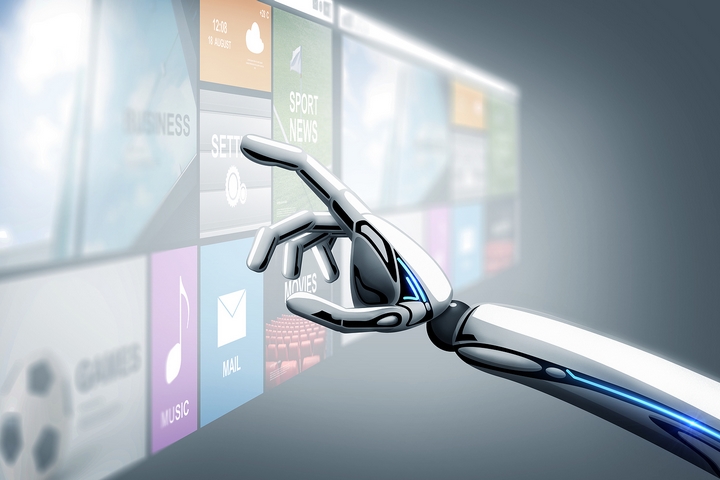
With visual search, when you spot a T-shirt you like, even on a stranger, you can take a snap of it, and the picture will direct you to a shop where you can purchase it from. This technology utilizes machine learning algorithms trained on image datasets. When a user takes a picture and uploads it to a visual search engine, it searches the library for items that match the photograph and the relevant details like price and brand name.
5. Chatbots

Interactions with chatbots are facilitated by the messaging apps that users are already familiar with. Retail chatbots can play the role of a shopping assistant for customers looking for specific items, answer queries they may have, and recommend trending items or new products to regular customers.
6. Voice Search

With the increase in popularity of the use of virtual assistants, voice search has seen steady growth. Today, 20% of mobile searches are done using voice search. It’s a convenient option for people on the go, and a good investment for a retailer with an active customer base.
7. Demand Forecasting
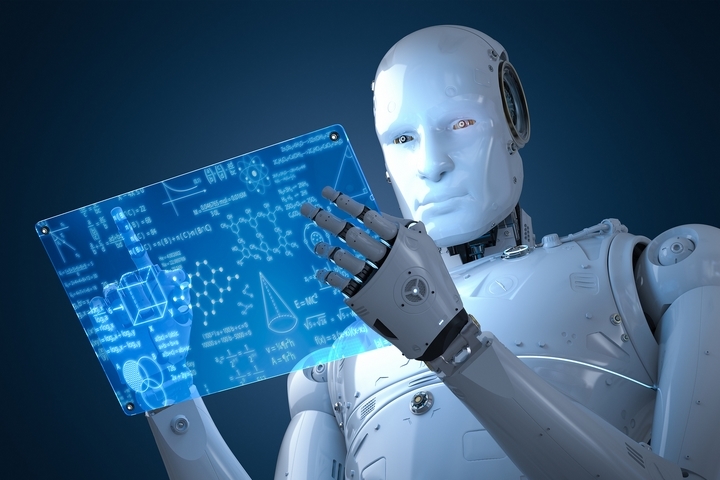
If a retailer can predict the demand for a product, it can optimize its supply to reduce the amount of capital invested in unnecessary inventory. Supply optimization based on demand minimizes out-of-stock issues when demand is high. It is also beneficial when planning advertising campaigns to facilitate accurate budgets.
8. Dynamic Pricing
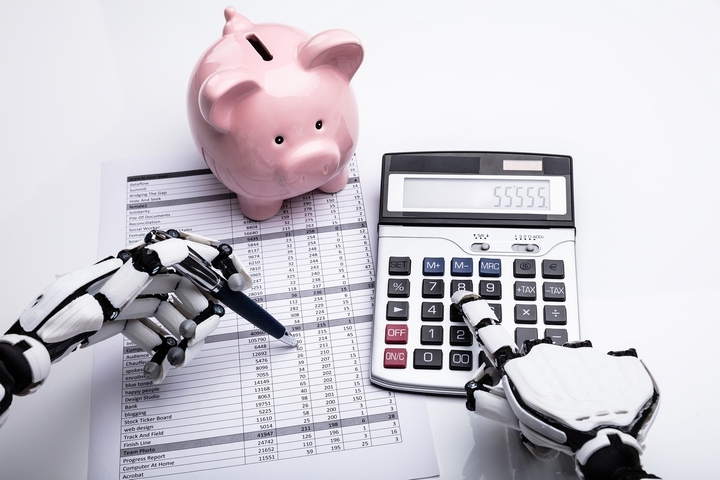
A product’s price is influenced by various factors. Some are dynamic, like sell-out requirements or demand; others are static, such as the manufacturing costs. Since the dynamics are always changing, you can tune the prices accordingly.
Demand forecasting is the backbone of a dynamic pricing system. Uber is an excellent example of how dynamic pricing works. When it rains, the prices skyrocket as more people who are willing to pay more request for rides. For retailers, dynamic pricing leads to improved and efficient inventory management and promotional marketing, which results in increased revenue.
AI technology is always changing, and with it comes new possibilities, especially in retail. To stay ahead of the competition, companies are better off adopting this disruptive technology.

